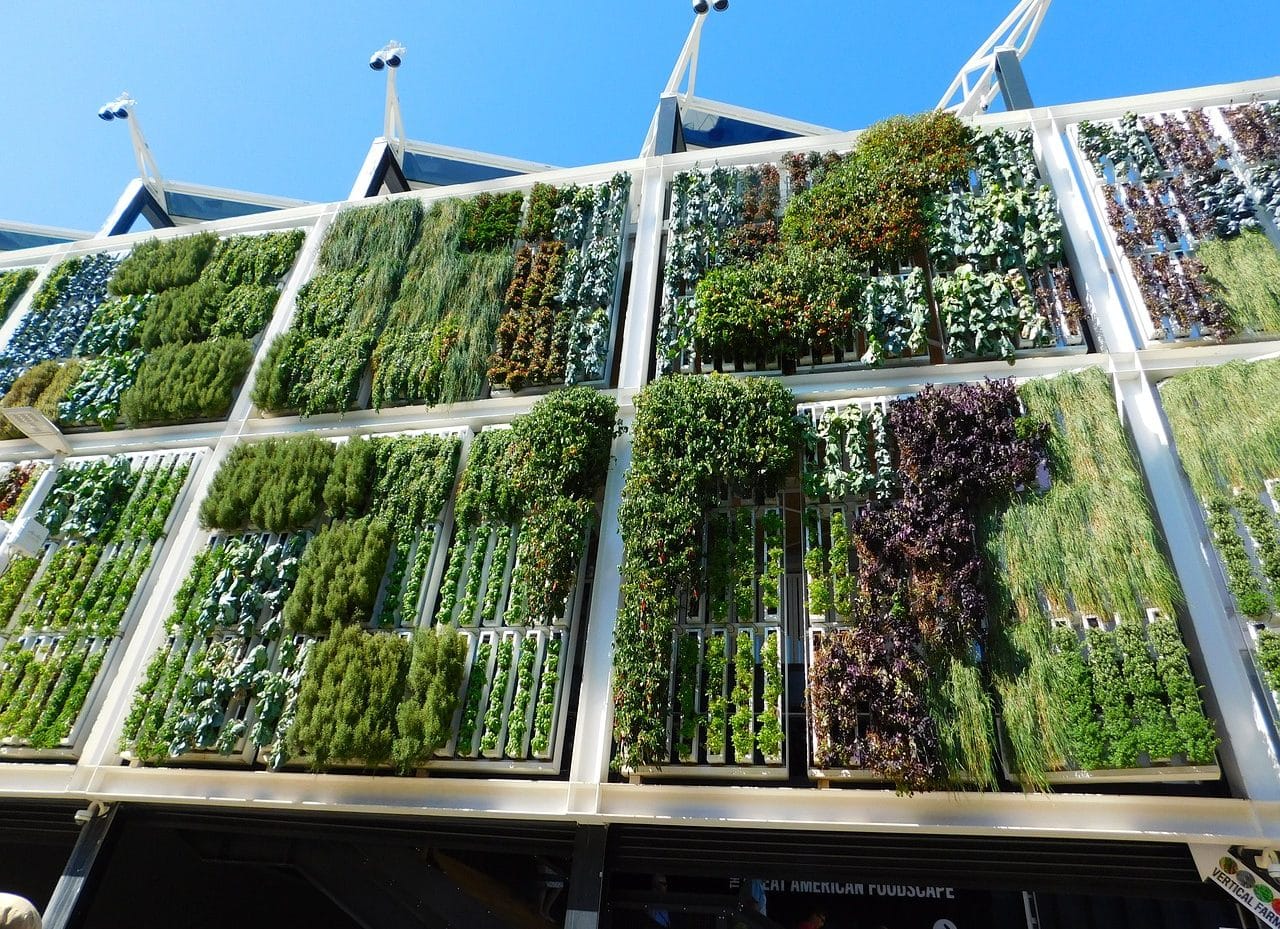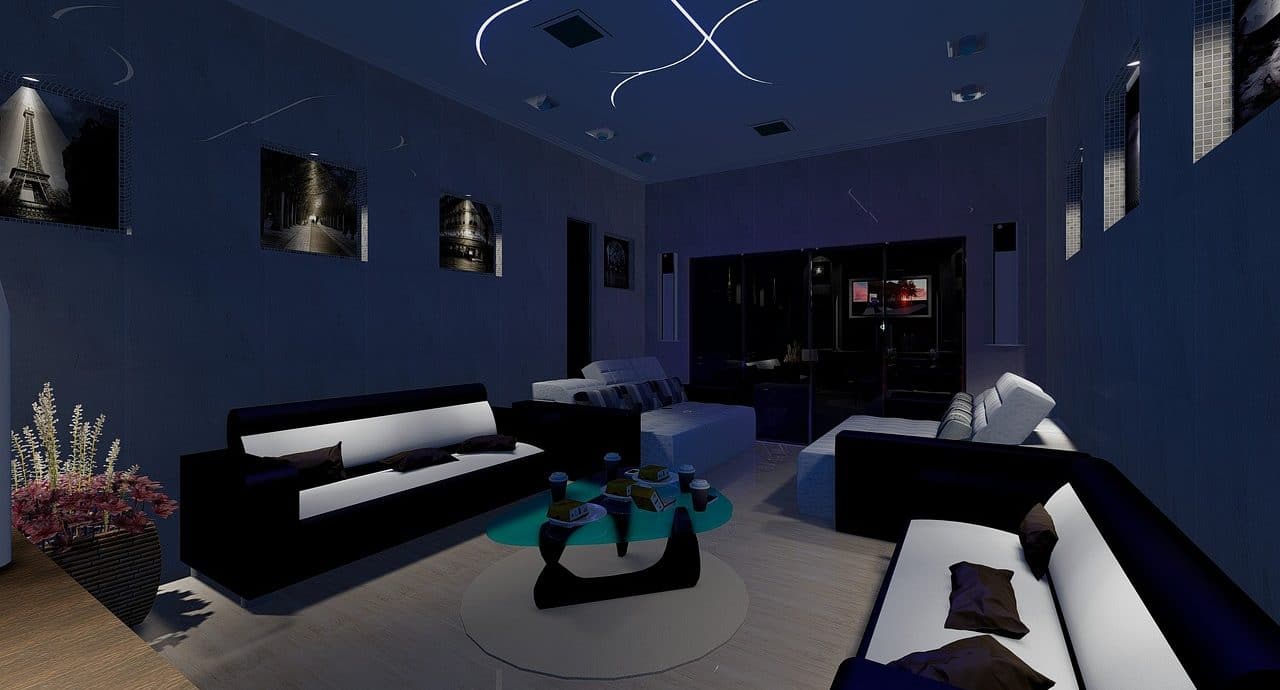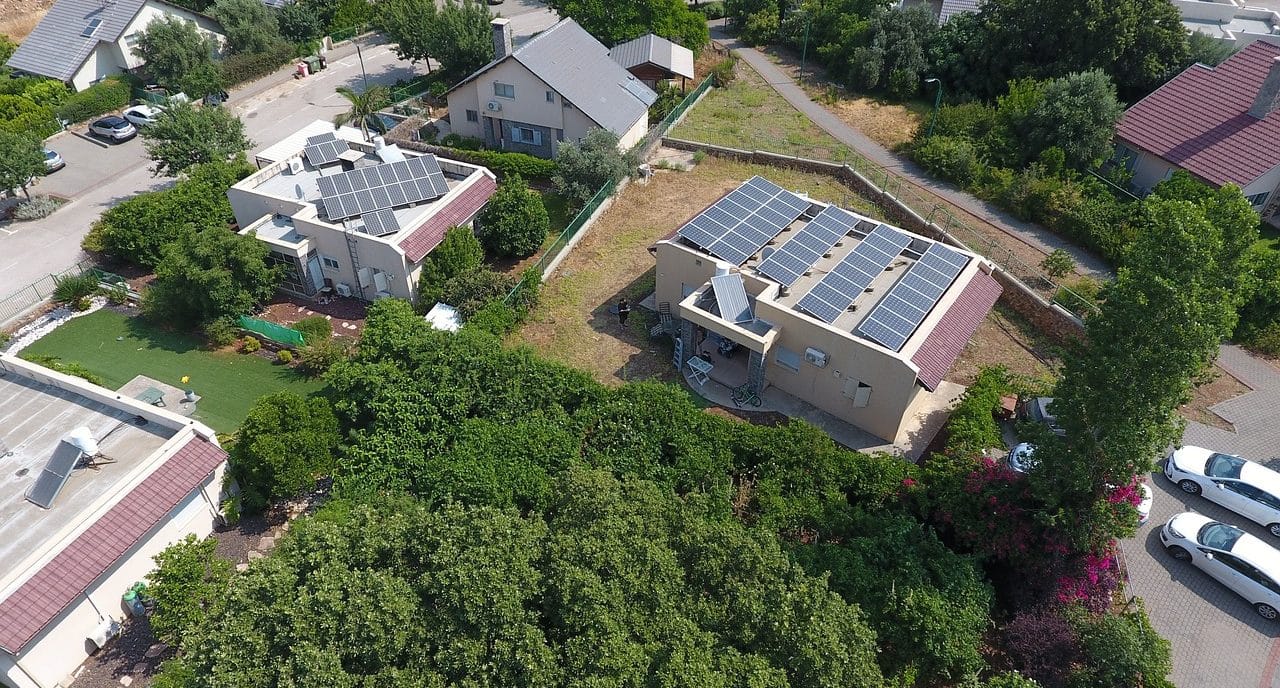
LEED certification distinguishes green design.
LEED certification is a distinction that recognizes the sustainability of a construction . It was created by the United States Green Building Council ( USGBC ), a non-governmental organization founded in 1993 .
It should be noted that LEED is the acronym corresponding to the English expression Leadership in Energy and Environmental Design . Recognition is granted to those buildings that meet certain criteria or requirements linked to the use of renewable energy (through solar panels, wind turbines, etc.), energy efficiency , the use of recycled materials and water conservation, for example .
History of LEED certification
The US Green Building Council was born in April 1993 , when Mike Italiano , David Gottfried and Rick Fedrizzi held a call at the American Institute of Architects , inviting representatives from more than 60 companies and associations to attend. From this meeting arose the formation of a coalition of industry actors to promote green construction.
That was the first step in establishing a building rating system according to their level of respect for the environment . The project came to fruition with the establishment of LEED certification , which began with a pilot test in 19 buildings in 1998 and then had its public launch in March 2000 .
That first version of the LEED certification was named LEED v1.0 . Various updates have emerged over the years, with LEED v4 certification being the most recent as LEED v5 is still in the development and testing stage.
A key moment in this historical journey was the presentation in 2008 of Green Business Certificacion Inc. (GBCI) , an independent organization dedicated to the management of certifications.
What GBCI does is promote and control the implementation of the LEED program , supervising and evaluating buildings. In this way, it carries out a technical verification to certify compliance with the multiple established parameters.

Efficient lighting, access to public transportation and thermal insulation are factors analyzed in LEED certification.
What does it consist of?
LEED certification can be understood as a protocol. It provides a framework for the development of efficient and sustainable properties, offering a certification with an international reputation.
When a building obtains LEED certification , it is understood that its design and construction process were carried out with a reduced environmental impact , favoring sustainability . This is how it is distinguished by its care for the environment and the health and well-being of its occupants.
Of course, to qualify for LEED certification , the building must meet certain guidelines. These criteria are not only analyzed in the construction stage, but the owners of the building assume the commitment to share data related to the use of water and energy in the five years following the inauguration.
It is important to emphasize that LEED rating criteria are based on scientific standards. The analysis contemplates all the stages of construction, from the choice of land to its efficiency in the use of energy and water.

With LEED certification, sustainable urban planning is promoted.
LEED certification levels: Certified, Silver, Gold, Platinum
It must be considered that there is no single standard LEED certification , but rather the distinction recognizes different levels. These certification levels are achieved according to the degree of commitment that is registered, which in turn is determined according to a score or score that is accumulated from compliance with criteria.
In total, 110 points can be obtained, which are added according to performance in nine categories:
- Location & Transportation (LT) / Location and Transportation
- Sustainable Sites (SS) / Sustainable Sites
- Water Efficiency (WE) / Efficient Use of Water
- Energy & Atmosphere (EA) / Energy and Atmosphere
- Materials & Resources (MR) / Materials and Resources
- Indoor Environmental Quality (EQ) / Indoor Environmental Quality
- Integrative Process (IP) / Integration Process
- Innovation in Design (ID) / Innovation in Design
- Regional Priority Credits (RPC) / Regional Priority Credits
According to the points obtained in each category, the LEED certification can be:
- Certified / Certificate : 40-49 puntos
- Silver / Silver : 50-59 puntos
- Gold / Gold : 60-79 puntos
- Platinum / Platinum : 80 puntos o más
As you can see, a minimum of 40 points is needed to achieve LEED certification . The score is accumulated by meeting requirements linked to indoor air quality, waste management and the use of locally sourced products, green building materials and renewable resources , to name a few possibilities.
The benefits
Achieving LEED certification provides benefits to builders and building owners, but also to the community at large. Of course, the distinction can be considered as a reward for the one who achieves it.
For the builder and/or owner, LEED certification increases the value of the property , contributes to the brand image and can even allow access to tax benefits.
Society, meanwhile, benefits from the reduction of polluting emissions , water savings, efficient use of energy and minimization of waste generation.
